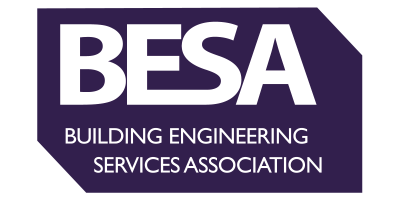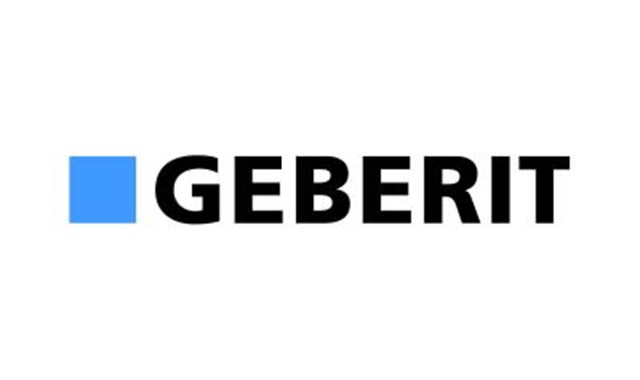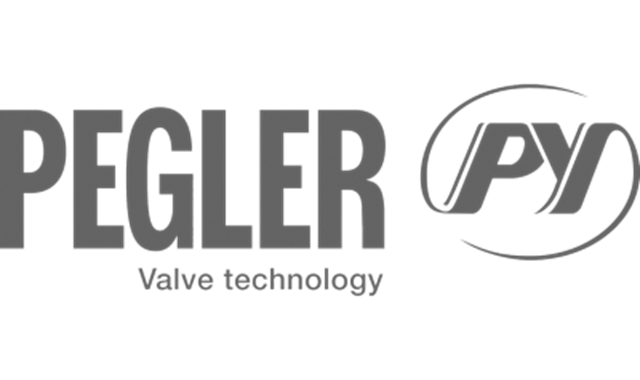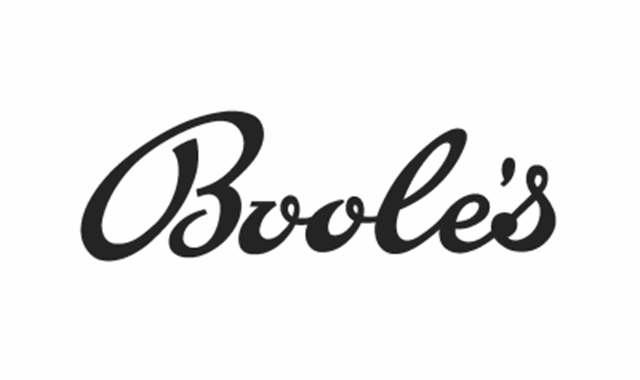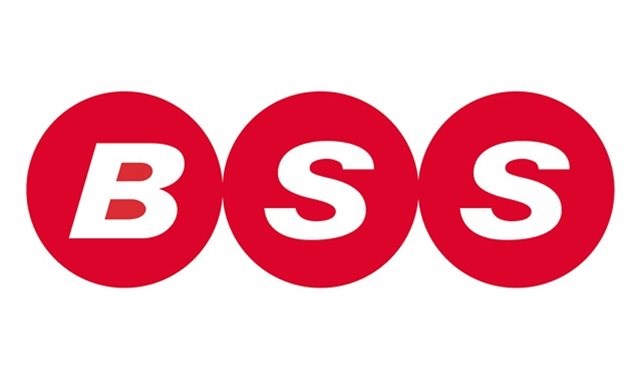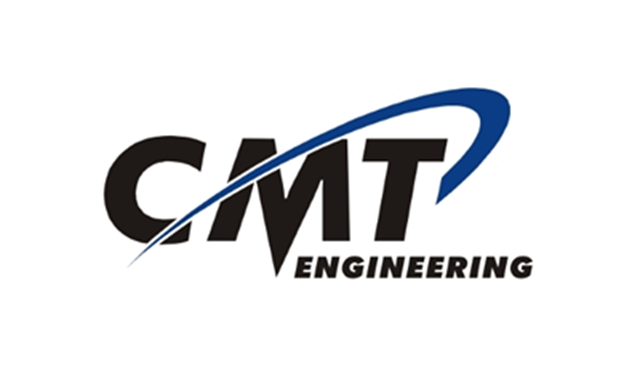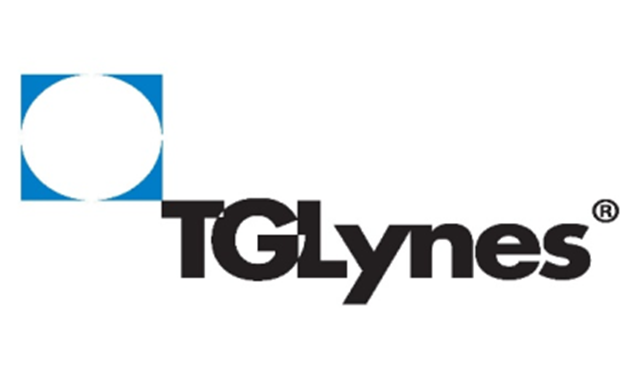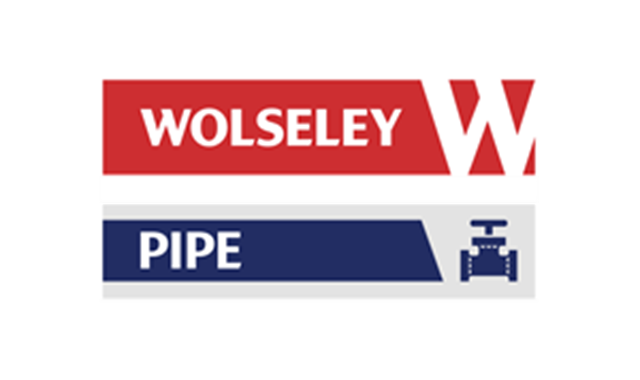Stainless steels have a long history of use in potable water applications, due to their freedom from toxicity, and are also widely used in industries where resistance to heat, corrosion, chemical resistance or maintaining cleanliness are important. Stainless steel tubes can be supplied in traditional wall thicknesses or as a precision, thin walled product.
There are many different types, grades and standards for (austenitic) stainless steel tubes and choosing the most suitable one for a particular application can be challenging. Types EN 1.4301 (formerly TP304) and EN 1.4401 (formerly TP316) stainless steels are the most common stainless materials used in building and industrial services applications.
Stainless steels are most notable for their corrosion resistance, due to the additions of chromium and nickel to the steel chemistry. However, corrosion of stainless steels can occur if the material is not suited for the working environment. Galvanic corrosion reactions may also occur due to stainless being mixed with other grades or metal types in pipework systems.
Connecting the system:
Stainless steel pipework can be welded together (either directly or using flanges), or joined using a range of demountable (screwed, grooved, push-fit, couplings etc.) or non-demountable (press-fit etc.) fittings, each one having their own range of features and benefits, as well as possible application limitations.


